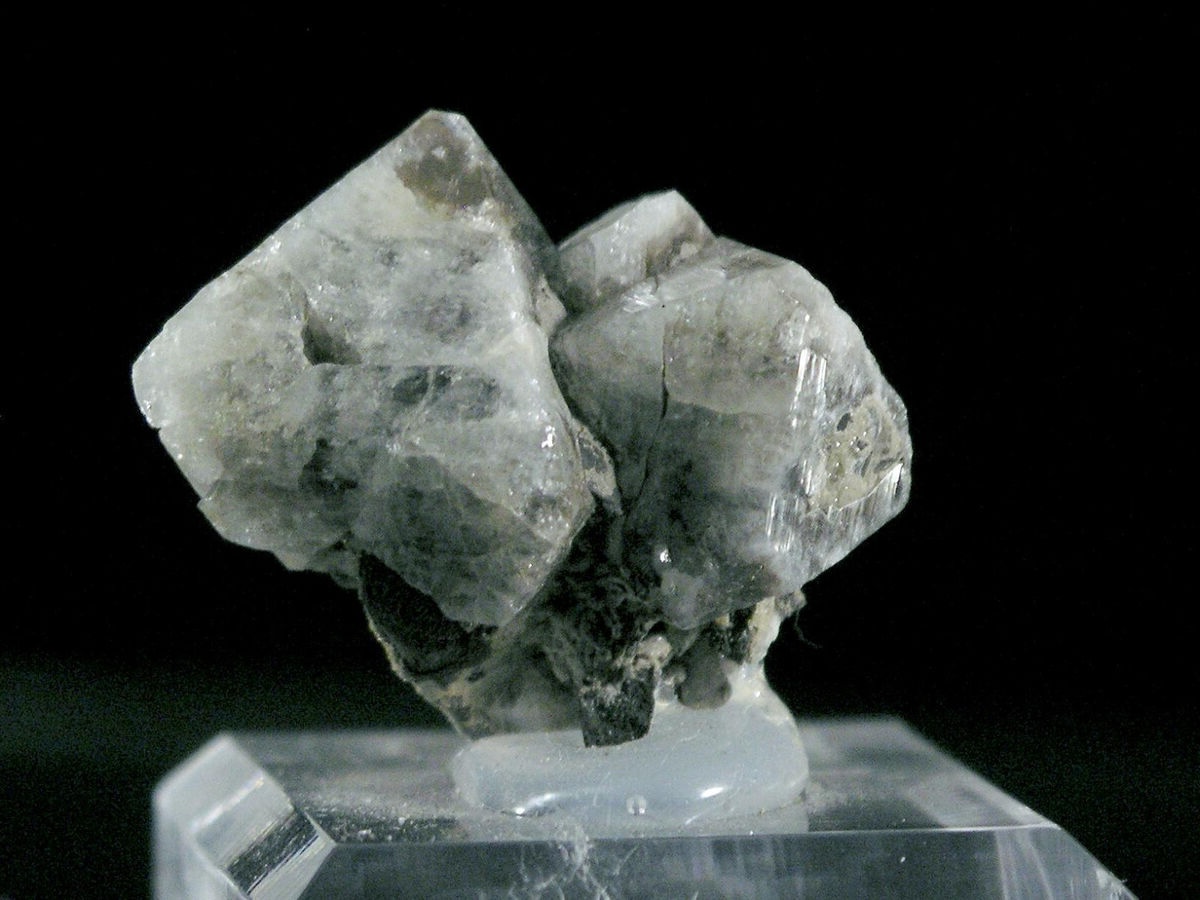
Wardite is a fascinating mineral that often flies under the radar. Found in phosphate-rich environments, this mineral boasts a unique crystal structure and vibrant colors. But what exactly makes Wardite so special? Wardite is not just another pretty rock; it has intriguing properties and a rich history that make it worth exploring. From its formation process to its various uses, there's a lot to learn about this mineral. Whether you're a geology enthusiast or just curious about the natural world, these 50 facts about Wardite will give you a deeper appreciation for this remarkable mineral. Buckle up and get ready to dive into the world of Wardite!
Key Takeaways:
- Wardite is a rare, beautiful mineral with unique properties. It's used in educational displays, scientific research, and even jewelry. It can fluoresce under UV light and is highly sought after by collectors.
- Wardite can be found in various countries around the world, including Canada, Portugal, and the United States. It helps in understanding phosphate mineral formation and can even be used to trace geological processes.
What is Wardite?
Wardite is a fascinating mineral with unique properties and a rich history. Let's dive into some intriguing facts about this mineral.
- Wardite is a phosphate mineral.
- It was first discovered in 1922.
- Named after Henry Augustus Ward, an American naturalist.
- Its chemical formula is NaAl3(PO4)2(OH)4·2(H2O).
- Wardite typically forms in granite pegmatites.
- It can also be found in hydrothermal veins.
- The mineral is often associated with other phosphate minerals.
- Wardite crystals are usually greenish-blue.
- They can also appear in yellow, white, or colorless forms.
- The crystals are typically tabular or prismatic.
Physical Properties of Wardite
Understanding the physical properties of Wardite can help identify it in the field. Here are some key characteristics.
- Wardite has a hardness of 5 on the Mohs scale.
- It has a vitreous to pearly luster.
- The mineral exhibits perfect cleavage in one direction.
- It has a white streak.
- Wardite's specific gravity ranges from 2.8 to 3.0.
- The mineral is transparent to translucent.
- It has a biaxial optical nature.
- Wardite's refractive index ranges from 1.57 to 1.60.
- It is brittle and can break easily.
- The mineral often forms radiating aggregates.
Where is Wardite Found?
Wardite can be found in various locations around the world. Here are some notable places.
- Rapid Creek in Canada is a famous site for Wardite.
- It is also found in Portugal.
- Germany has notable deposits of Wardite.
- Brazil is another source of this mineral.
- United States has several Wardite locations, including South Dakota.
- Russia also boasts Wardite deposits.
- Australia is known for its Wardite finds.
- Namibia has produced some fine Wardite specimens.
- China is another country where Wardite is found.
- Norway has reported occurrences of Wardite.
Uses and Applications of Wardite
Wardite isn't just a pretty mineral; it has practical uses too. Here are some of its applications.
- Wardite is primarily a collector's mineral.
- It is used in educational displays.
- The mineral is studied for its crystallography.
- It helps in understanding phosphate mineral formation.
- Wardite is sometimes used in gemology.
- It can be a source of phosphate for research.
- The mineral is also used in mineralogical studies.
- Wardite's unique properties make it a subject of scientific research.
- It is occasionally used in jewelry.
- The mineral is also a part of museum collections.
Interesting Facts about Wardite
Here are some fun and lesser-known facts about Wardite that might surprise you.
- Wardite can fluoresce under UV light.
- It often forms pseudomorphs after other minerals.
- The mineral can contain trace amounts of rare earth elements.
- Wardite is sometimes found in meteorites.
- It can form complex crystal structures.
- The mineral is often found in association with variscite.
- Wardite can be used to trace geological processes.
- It has been found in ancient geological formations.
- The mineral can help in dating geological events.
- Wardite is a rare mineral, making it highly sought after by collectors.
Final Thoughts on Wardite
Wardite, a fascinating mineral, holds a treasure trove of intriguing facts. From its unique crystal structure to its vibrant colors, this mineral captivates both geologists and collectors. Found in phosphate-rich environments, Wardite's rarity adds to its allure. Its formation process, involving hydrothermal activity, showcases the dynamic nature of Earth's geology. Whether you're a seasoned mineral enthusiast or a curious beginner, Wardite offers a glimpse into the wonders of the natural world. Its presence in various global locations highlights the interconnectedness of our planet's geological history. As you explore the world of minerals, keep an eye out for Wardite's distinctive features. Its beauty and scientific significance make it a true gem in the realm of mineralogy. So, next time you come across a piece of Wardite, take a moment to appreciate the story it tells about our Earth's incredible journey.
Frequently Asked Questions
Was this page helpful?
Our commitment to delivering trustworthy and engaging content is at the heart of what we do. Each fact on our site is contributed by real users like you, bringing a wealth of diverse insights and information. To ensure the highest standards of accuracy and reliability, our dedicated editors meticulously review each submission. This process guarantees that the facts we share are not only fascinating but also credible. Trust in our commitment to quality and authenticity as you explore and learn with us.
